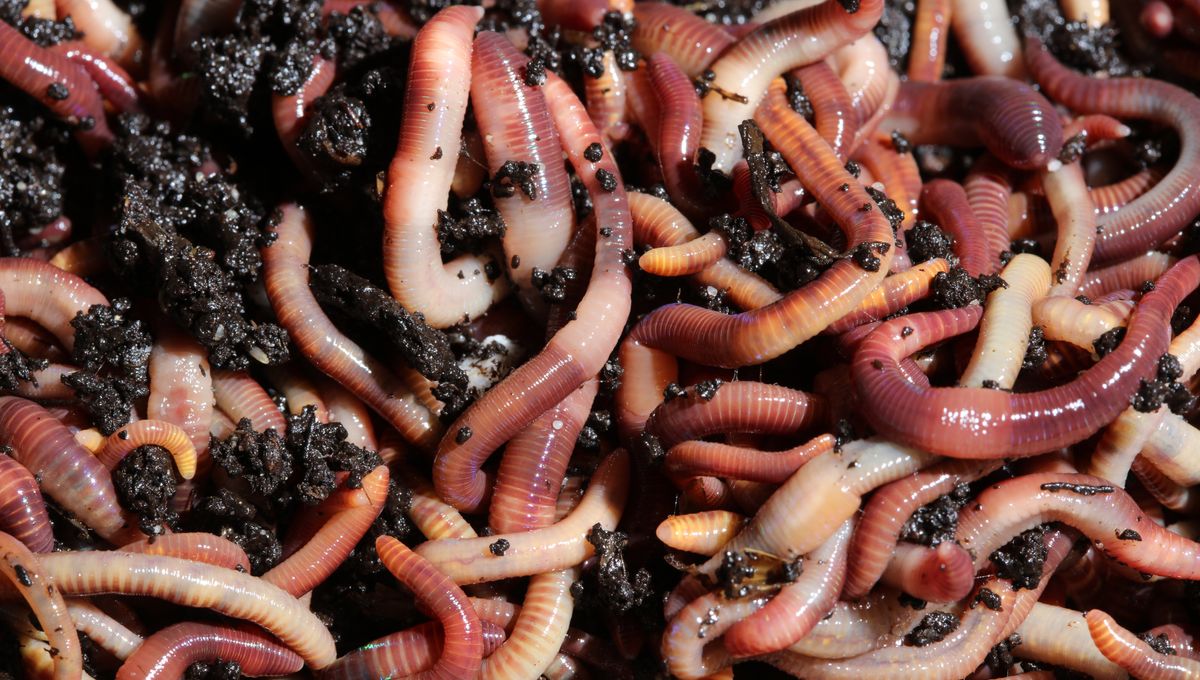
There’s an invader lurking beneath our feet. Slimy, slender, and faceless, they’ve colonized the soil of North America and have the potential to cause disruption. No, that’s not the plot of a low-budget sci-fi movie, but instead the story of non-native earthworms, which a new study suggests are an overlooked threat to native ecosystems.
Though there’s only a small number of studies that have reported on this alien invasion in detail, according to the new research, there are at least 70 imported earthworm species in North America. To determine this and track their spread, the authors combined records on native and non-native earthworms dating from 1891 to 2021 with reports on US border interceptions of non-native earthworms documented between 1945 to 1975.
A helping hand from machine learning revealed that alien earthworms could be found in 97 percent of the continent’s studied soils. In fact, it was estimated they represent nearly a quarter of North America’s 308 earthworm species, and in the US specifically, they beat out the number of invasive fish, mammal, and insect species by a pretty hefty margin.
Whilst they can be found throughout North America, there also appears to be a pattern to alien earthworms’ distribution. The proportion of alien earthworms to native species was found to be at its highest in the northern regions of the continent and lower in the south and west.
“These ratios are likely to increase because human activities facilitate the development of alien species that threaten native earthworm species, a phenomenon still largely overlooked,” said study lead author Jérôme Mathieu in a statement.
But what are the potential threats the authors are concerned about? After all, according to some, invasive species are “one of the five horsemen of the biodiversity apocalypse”.
Non-native earthworm species have historically been introduced to enhance agriculture – though they’ve also been imported for fishing bait – as they aerate soil and, through their waste, provide it with nutrient-rich fertilizer.
According to the researchers, however, alien earthworms can cause problems by outcompeting native species. Their introduction can also inadvertently impact the ecosystem as a whole; where alien earthworms have been introduced near sugar maple trees, it’s caused dieback and impacted the food chain.
“This is most likely the tip of the iceberg,” said study co-author John Warren Reynolds. “Many other soil organisms may have been introduced, but we know very little about their impacts.”
With limited previous research, it’s difficult to know the true extent of invasive earthworms’ impact thus far, but the researchers believe that their significant numbers and distribution across a wide range of habitats means we should be paying them much closer attention.
“Earthworms tell the story of the Anthropocene, the age we live in,” said study senior author Elizabeth Hadly. “It is a story of global homogenization of biodiversity by humans, which often leads to the decline of unique local species and the disruption of native ecosystem processes.”
The study is published in Nature Ecology & Evolution.
Source Link: Alien Earthworms Are Already Here, And They’re Threatening Ecosystems